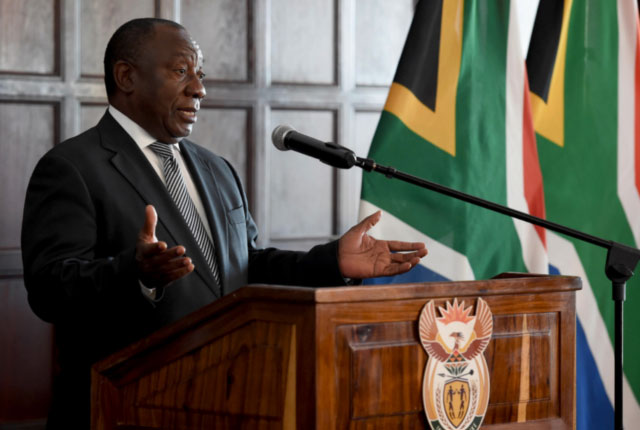
Kampala, Uganda | XINHUA | South Africa will use infrastructure development to recover from the COVID-19 impact, said the country’s President Cyril Ramaphosa on Tuesday.
Ramaphosa made the remarks while addressing the sustainable infrastructure development symposium in Pretoria.
He pointed out that COVID-19 has disrupted global financial markets, production, trade and commerce. South Africa is to use the infrastructure projects to recover from the pandemic.
“The coronavirus pandemic has made infrastructure investment even more compelling, even more important and even more urgent. That is why we have placed infrastructure at the centre of the stimulus our economy needs to achieve a sustainable recovery,” he said.
Ramaphosa said the COVID-19 has negatively affected the infrastructure service providers both for projects under development and under implementation. Some lenders and investors are revisiting their decision to invest in infrastructure projects that were deemed bankable prior to the pandemic.
He noted that infrastructure projects would create jobs and economic activity in the short term as roads, bridges, hospitals, schools, power plants are being built.
“In the long run, infrastructure investment increases the capacity of the economy, reducing the cost of transport and the capacity and reliability of key services like electricity and municipal services,” he said, adding that “this enables more efficient supply chains, increases productivity and drives sustainable economic growth and a faster pace of job creation.”
“Globally, both advanced and developing economies are looking to infrastructure as one of the key sectors to stimulate economic recovery efforts from the impact of COVID-19. This requires that we not only push ahead to revive infrastructure investment, but that we rapidly move to increase the scale of our ambitions,” he said.
Ramaphosa said the government will prioritize proposals for infrastructure sectors that are important to economic recovery and resilience, including energy, transportation, health care and digital infrastructure.
 The Independent Uganda: You get the Truth we Pay the Price
The Independent Uganda: You get the Truth we Pay the Price



